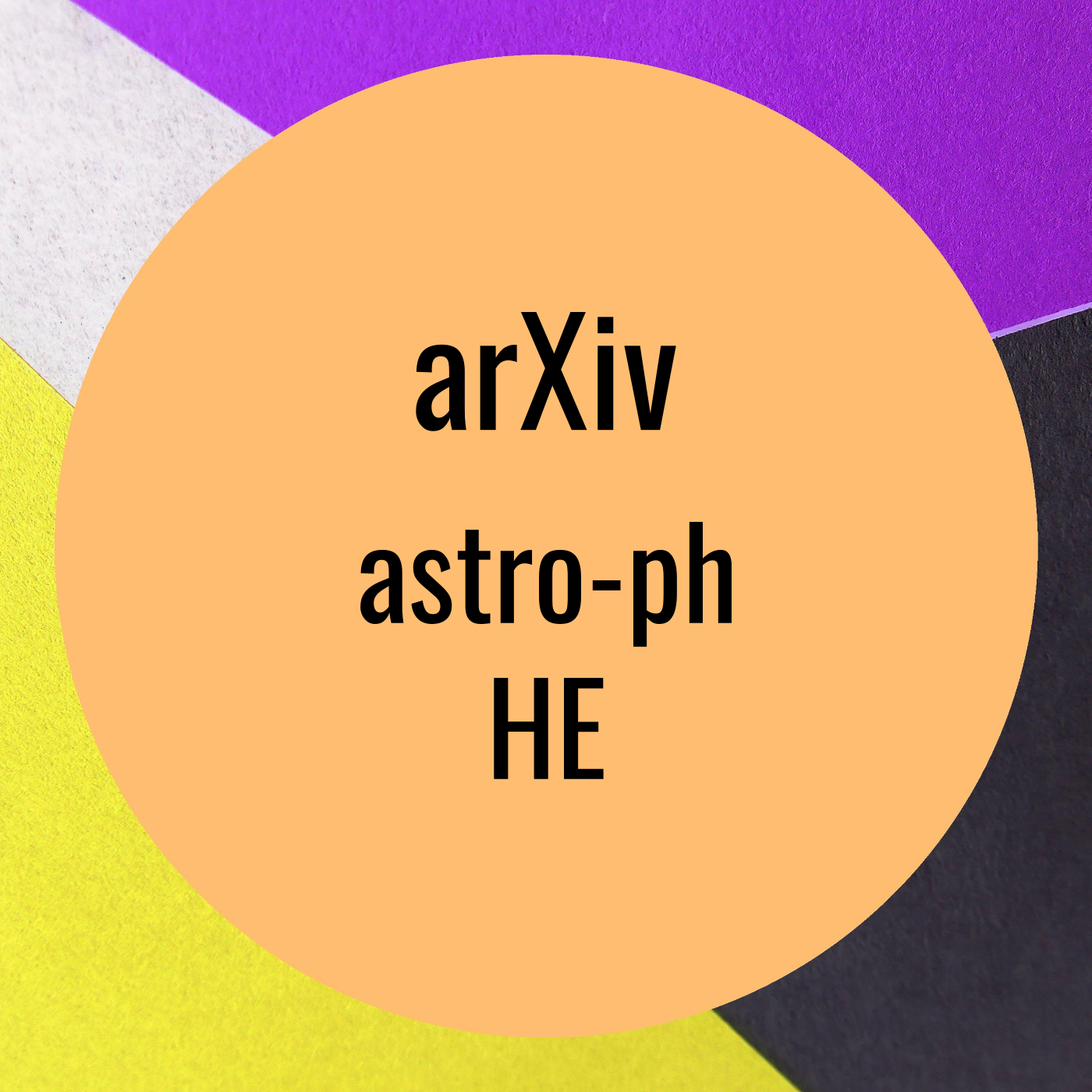Searches for Neutrinos from LHAASO ultra-high-energy γ-ray sources using the IceCube Neutrino Observatory
Description
Searches for Neutrinos from LHAASO ultra-high-energy γ-ray sources using the IceCube Neutrino Observatory by R. Abbasi et al. on Tuesday 29 November
Galactic PeVatrons are Galactic sources theorized to accelerate cosmic rays
up to PeV in energy. The accelerated cosmic rays are expected to interact
hadronically with nearby ambient gas or the interstellar medium, resulting in
{\gamma}-rays and neutrinos. Recently, the Large High Altitude Air Shower
Observatory (LHAASO) identified 12 {\gamma}-ray sources with emissions above
100 TeV, making them candidates for PeV cosmic-ray accelerators (PeVatrons).
While at these high energies the Klein-Nishina effect suppresses exponentially
leptonic emission from Galactic sources, evidence for neutrino emission would
unequivocally confirm hadronic acceleration. Here, we present the results of a
search for neutrinos from these {\gamma}-ray sources and stacking searches
testing for excess neutrino emission from all 12 sources as well as their
subcatalogs of supernova remnants and pulsar wind nebulae with 11 years of
track events from the IceCube Neutrino Observatory. No significant emissions
were found. Based on the resulting limits, we place constraints on the fraction
of {\gamma}-ray flux originating from the hadronic processes in the Crab Nebula
and LHAASOJ2226+6057.
arXiv: http://arxiv.org/abs/http://arxiv.org/abs/2211.14184v1
More Episodes
Hard X-ray Observations of the Hydrogen-poor Superluminous Supernova SN 2018hti with NuSTAR by Igor Andreoni et al. on Wednesday 30 November
Some Hydrogen-poor superluminous supernovae are likely powered by a magnetar
central engine, making their luminosity larger than common supernovae....
Published 11/30/22
Fundamental physics with neutron stars by Joonas Nättilä et al. on Wednesday 30 November
Neutron stars are rich laboratories of multiple branches of modern physics.
These include gravitational physics, nuclear and particle physics, (quantum)
electrodynamics, and plasma astrophysics. In this...
Published 11/30/22
Published 11/30/22


